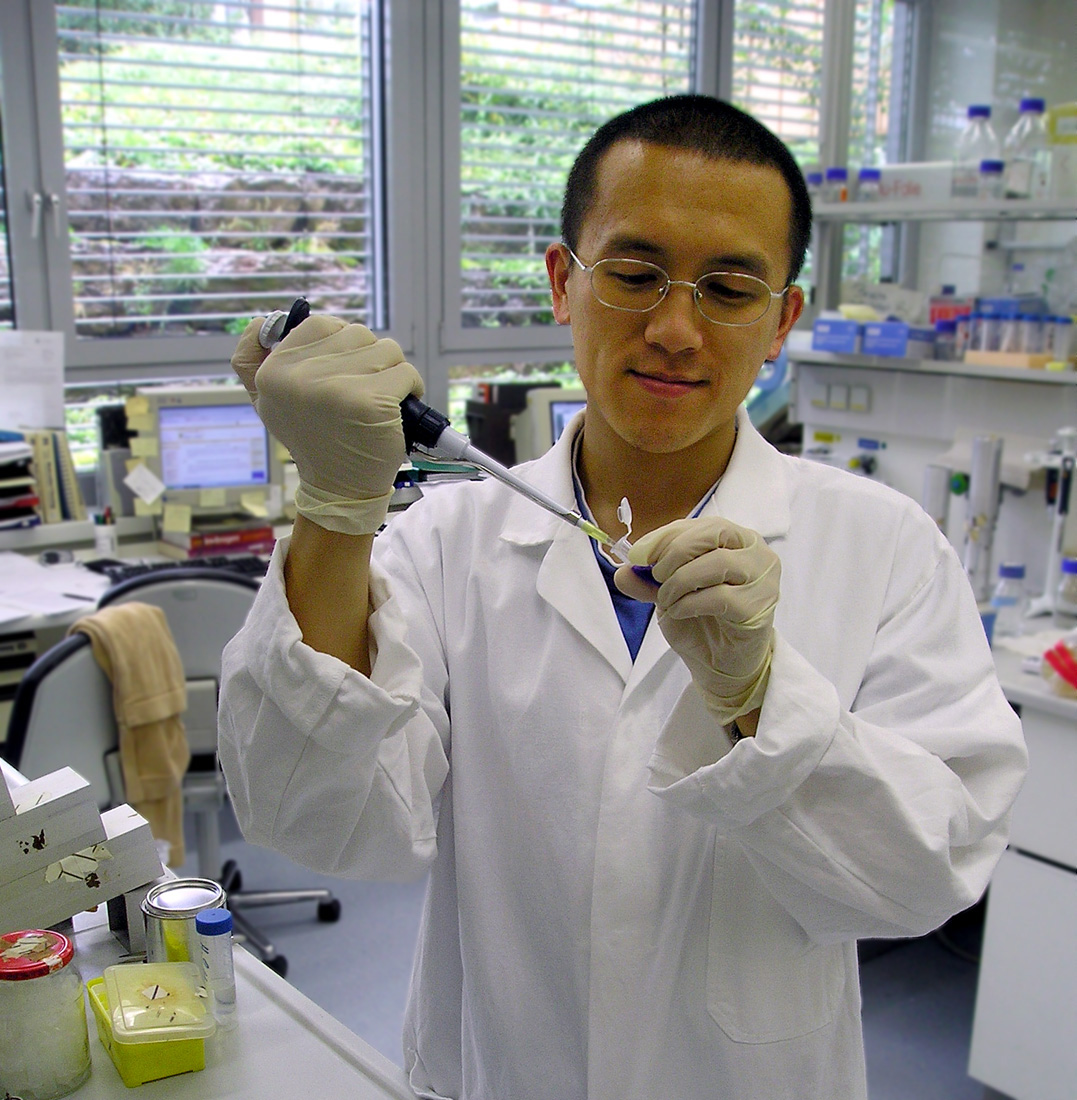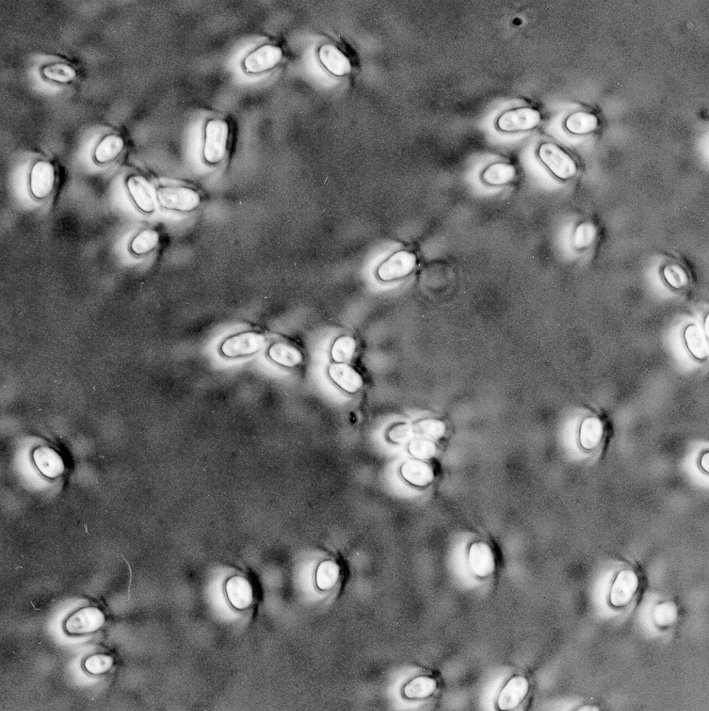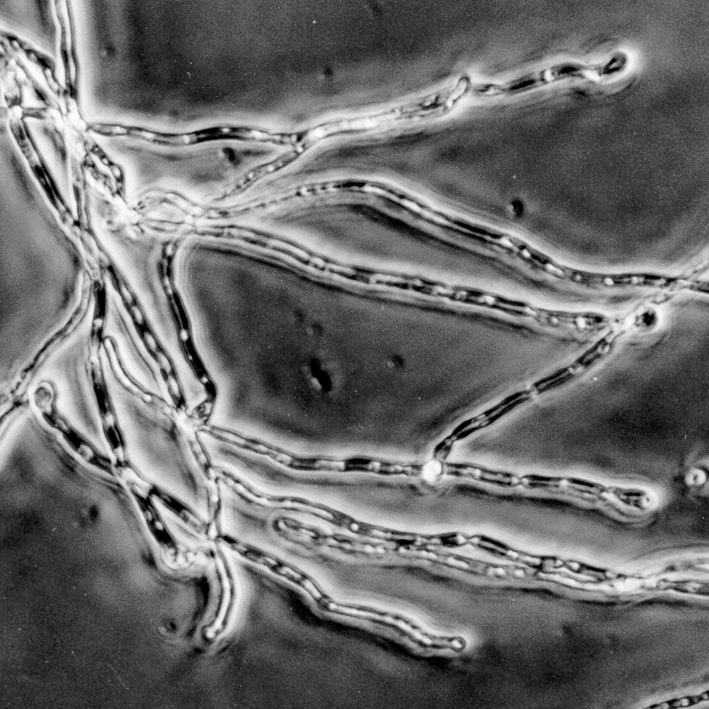Where humans meet fungi
If the immune system is weakened, harmless yeast fungi can become a deadly threat: With the aid of various proteins they can penetrate human tissue. In his university thesis Xin Xiong examined how one of these proteins behaves in fungus cells.



About half of the human population hosts a lodger by the name of Candida albicans. In general, the immune system keeps this species of fungus in check. In Germany alone, however, several thousand deaths per year are attributed to it – and the numbers are increasing. Those mainly at risk are patients in intensive care stations whose immune system has been weakened by chemotherapy. Up to now only a few drugs have existed for treating Candida, and they also cause considerable side effects. Furthermore, the fungus is becoming increasingly resistant to treatment. Scientists at the Fraunhofer Institute for Interfacial Engineering and Biotechnology IGB in Stuttgart are participating in research work that aims to find molecular structures in the fungus cells which could be used to improve the diagnosis, treatment and prevention of mycosis in human beings.
New treatments avoid simply killing the fungal cells, because this leads to selection and the buildup of resistance. Antimycotics are now formulated to be more specific and more easily tolerated, so as to keep the fungus in its harmless form. Proteins in and on its cell wall provide an ideal starting point, because it is with these that the fungus adheres to the host tissue. If Candida becomes aggressive it forms hyphae, which grow like roots into skin and organs. A key research aim, and one that promises success, is therefore to influence these “interfaces” to Homo sapiens by drug treatment that can control the form of growth.
A working group at the IGB has developed a new biochemical approach to this problem. Using a a variety of different analytical methods and genetic modifications, the scientists can determine the concentrations at which certain proteins occur inside the cells, in the cell wall and on the surface. In his thesis, which has been awarded the first Hugo-Geiger Prize, Xin Xiong for the first time ascertained the conditions in which the protein Tsa1p, which is important for hyphal growth, is expressed and occurs on the cell surface. “The best part is that we not only now have a better understanding of the connection between the localization of the protein and the different growth forms of the fungus,” emphasizes Steffen Rupp, who supervised Xiong’s extensive work. “The results also make an important contribution towards extending our investigation methods to a broad spectrum of proteins and other pathogenic organisms.”
 Fraunhofer Institute for Interfacial Engineering and Biotechnology IGB
Fraunhofer Institute for Interfacial Engineering and Biotechnology IGB